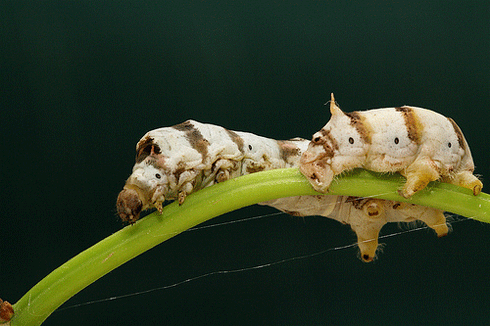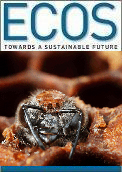
|
Published: 14 May 2012
What makes plants tasty to insects?
New research into how insect taste receptors work could guide the development of novel insect pest control technologies

|
|
The silk moth (Bombyx mori). Understanding why it eats what it does could help develop more sustainable insect pest control techniques. Credit:
Jose Delgar Rights: Licensed under a Creative Commons Attribution Non-Commercial Share Alike License |
A team of CSIRO scientists investigating how insects use their sense of taste to determine which plants to eat, have for the first time identified a specific taste receptor used by the silk moth (Bombyx mori) to identify an essential nutrient it needs to survive.
Like humans, insects have structures on their mouths that hold taste receptors. When these receptors come into contact with something sweet, the receptors send a message to the brain that results in continued feeding.
The silkworm is used because it is a ‘model insect’: its genome has been fully mapped.
‘If we have an understanding of how the silkworm eats, we can try to develop alternatives to insecticides. I guess its a little bit like an Aerogard for crop plants. We know that if we spray Aerogard on ourselves, insects no longer bite us, so we want to develop something similar for crop plants,’ says Dr Alisha Anderson of CSIRO’s Ecosystem Sciences.
One of the problems with many conventional insecticides is that they have non-target effects: for example, they may kill other non-pest insects, including so called ‘beneficial insects’ that predate on pest insects. Dr Anderson explains that in developing control techniques that use taste as a mechanism, the aim would be not to kill the insect but to repel it. ‘So just by repelling them we hope that they would then go and eat plants other than our crop plants’, says Dr Anderson.
However, Dr Anderson warns that commercial products based on this research may take a while to reach market.
‘Good science takes a while – so at the moment we’re still looking at how their taste system works, and once we have a good understanding of that we can start to develop alternatives to insecticides, and I think that that type of research would probably start within the next five years, so maybe we’ll be looking at five to ten years before we see something in the field’.
Source: CSIRO



